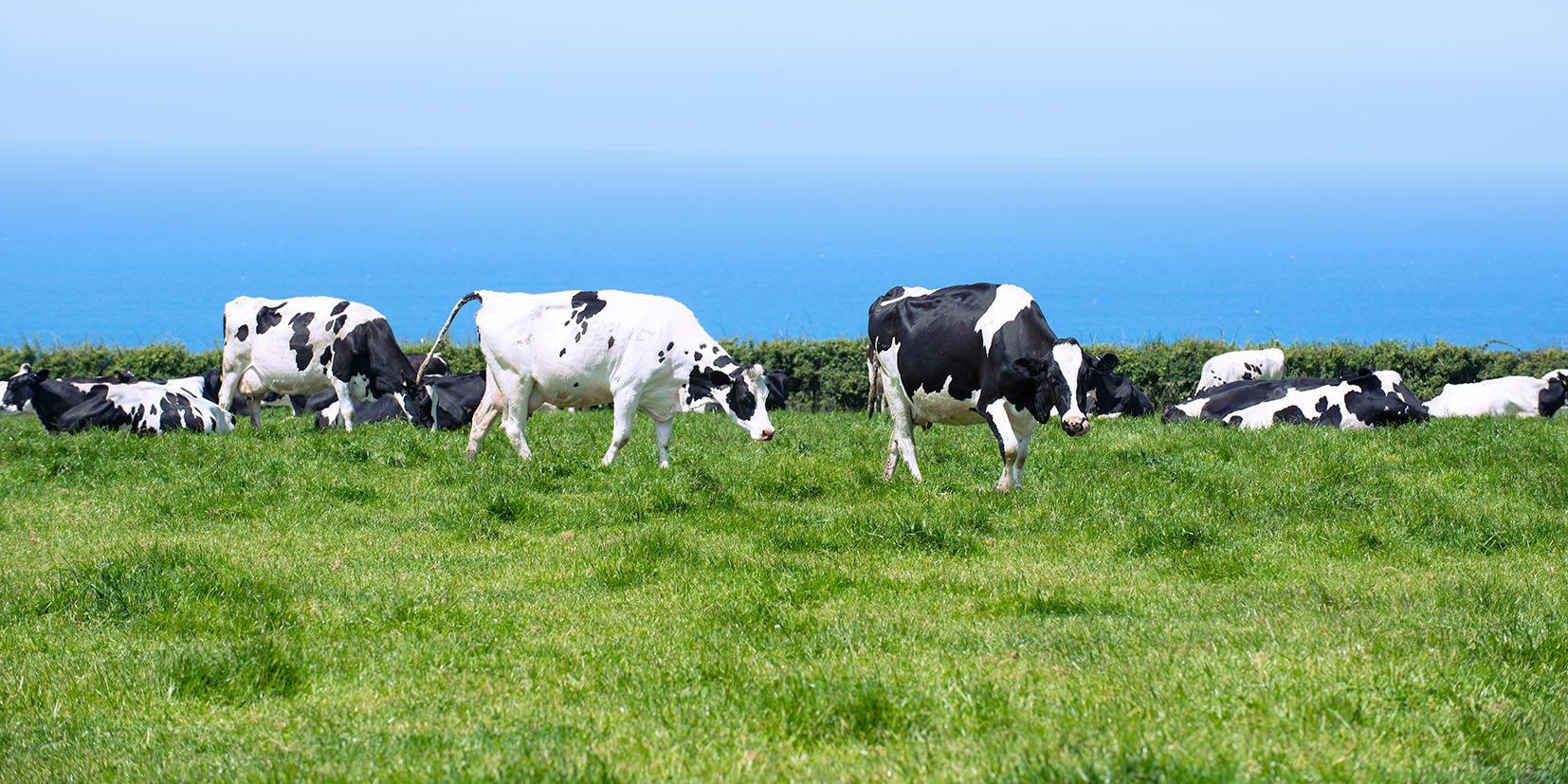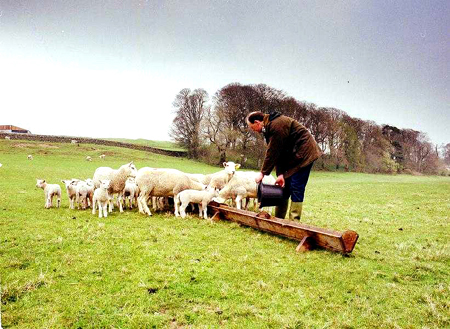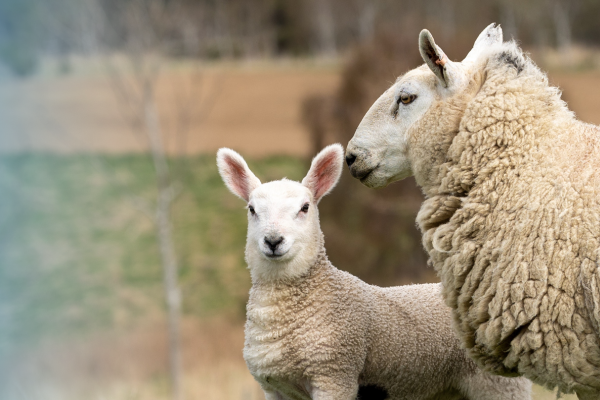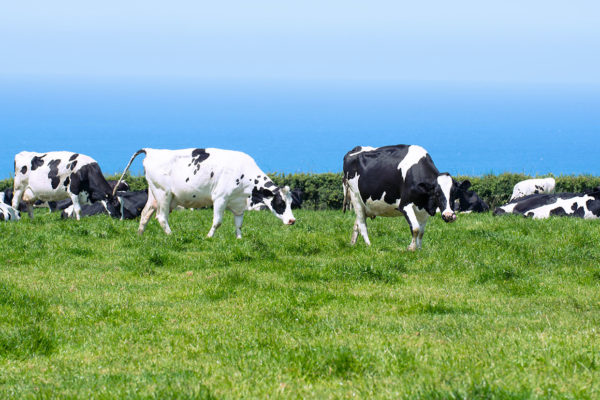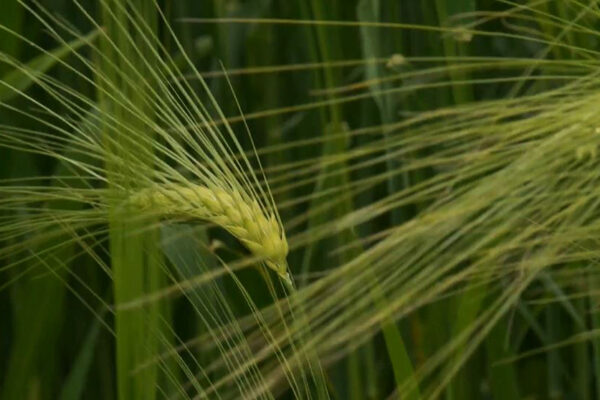Understanding Natural Capital Markets
5 July 2024This article is part of the Climate Change & Carbon Research Briefings series. More articles in the series can be found below:
- Collecting On-Farm Biodiversity Data with Bioacoustics
- Faba Beans for Alternative Protein and Reducing Monogastric Carbon Footprint
- Applicability of Slurry Separation and Acidification on Farms in Scotland
- Advancing Agricultural Practices, Reducing Emissions and Ensuring Sustainable Growth in the Face of Climate Challenges
- Making Sense of Soil Carbon
- Are Methane Inhibitors a Silver Bullet for the Sustainability of Beef and Dairy?
- Mitigating N2O Emissions and Enhancing Yields with Inhibitors and Liming
- Low Emissions Livestock Breeding - The What and the Why
This document gives an overview of the rationale behind natural capital markets which are developing in Scotland and the wider UK, including payments for carbon credits, biodiversity improvements, and other nature-based solutions.
Land managers in Scotland have a massive opportunity to help in regenerating nature across our landscapes. Carbon and biodiversity markets have been in the news for the past few years and their ongoing development has led to successes and challenges. Farmers in Scotland should be compensated and rewarded for taking action to support nature regeneration and carbon sequestration – This publication goes back to basics to share why these markets exist and spotlights some of the key developments which will make them a safe option for adding a farm revenue stream.
It will explain:
- Their purpose,
- Current challenges they face
- How they relate to the agricultural sector
- Opportunities for farmers.
What are Scotland's climate and nature goals?
Sequestering carbon is a significant part of many nations’ plans to combat climate change. Scottish Government (SG) has set a world-leading target to achieve net zero emissions (where remaining greenhouse gas emissions are balanced by removals from the atmosphere through photosynthesis in plants or other methods) by 2045. To achieve the emissions reductions and offsetting consistent with limiting global warming to 1.5°C, the UK Climate Change Committee’s ‘Balanced Pathway’ for Scotland indicates that 30,000 hectares of new woodland need to be planted per year from 2025, increasing to 50,000 ha per year by 2035. This would correspond to an increase in wooded area from 19% of Scotland’s total area in 2023 to 32% by 2050, which would bring Scotland in line with the average forest cover for European nations. This pathway also includes re-wetting drained peatlands, restoring 78% of degraded peatlands to healthy condition by 2050 (more than 80% of Scotland’s 1.6 million hectares of peat are currently degraded and are emitting carbon as a result).
Overlapping with carbon goals are those for nature restoration. Over the period 1970-2023, populations of UK species have seen an average decrease of 19% in abundance. In Scotland, 11% of species are threatened with extinction. Scottish Government has committed to protecting 30% of land, coastal and marine areas by 2030 (sometimes referred to as their ’30 by 30’ target) with the goal of halting nature’s decline by 2030 and regenerating its biodiversity by 2045. Currently, only 18% of land is protected and within these protected sites, 35% of natural features are in less than favourable condition.
Why is achieving these goals important?
The urgency meeting these targets is unquestionable and Scottish Government’s aspirational commitments to date are laudable. The consequences of climate change are already being felt by Scottish farmers through more extreme weather events like rainfall, floods, drought, and shifting growing seasons. Ending Scotland’s contribution to climate change helps in the global struggle to stem these negative impacts and limit the consequences for livelihoods into the future. All economies, but particularly agriculture, rely heavily on the ecosystem services provided by the world’s biodiversity, including pollination, healthy soils, nitrogen fixation, and countless others. Furthermore, regenerating our ecosystems has win-win effects for adapting to the climate change which is already inevitable, allowing natural systems to help shield us from effects such as summer droughts and winter flooding.
These monumental tasks will require the mobilisation of an enormous amount of resource. Scottish Government has committed significant funds behind this effort, including £250 million for peatland restoration (2020-2030) and £70.1 million for woodland creation (2024-25). However, the public funding that has been allocated towards these efforts will not achieve the pace and scale required to adhere to the targets. Moreover, due to World Trade Organisation regulations, Scottish agri-environment schemes can only pay for costs and income forgone due to taking action for nature. Therefore, these natural capital markets are the primary way that farmers can be financially rewarded helping address these global crises.

Where will the money come from?
Scottish Government is looking to the private sector unlock additional investment in nature-based solutions (NBS) and has been supporting the development of voluntary natural capital markets in Scotland to enable this. The voluntary market is a mechanism through which corporations, organisations, or individuals can purchase offsets, which are certificates or tokens which can be subtracted from that corporation’s climate or nature impacts. By financing nature-based solutions projects which capture carbon or restore habitats, these businesses can make claims about the action they are taking to address the climate and nature crises. Farmers can be paid to take action on their land to sequester carbon or otherwise benefit nature. The types of projects available to farmers include:
- Carbon offsetting projects – By planting new woodlands / hedgerows, restoring degraded areas of deep peat, or adopting farming practices which increase the rate of carbon sequestered in the land, farmers can generate carbon credits which can be sold as offsets to private buyers. Farmers should exercise caution and seek advice before selling sequestered carbon off-farm.
- Carbon insetting projects – Insetting can include the same types of projects listed for offsetting, however involves selling the carbon credits generated to companies within the same supply chain, for example buyers of farm products who are looking to offset their emissions. Insetting can also take more flexible forms, such as a buyer investing in environmental measures on farm (e.g. seeds for cover crops or fencing for multi-paddock grazing) or paying a price premium for lower-carbon farm products.
- Biodiversity offsetting and nature recovery projects – These work similarly to carbon offsetting but in this case a farmer would create or enhance habitat for local species.
- Other types – There are other codes available and in development for rewarding added benefits to freshwater resources, landscape recovery, and other common goods derived from well-managed farmland.
Obstacles to funding
At the time of writing, voluntary natural capital markets are at a key tipping point – Many voices have criticised the opportunities for perverse outcomes made possible through these markets, including:
- Greenwashing, or the risk that these companies purchase credits to offset their business-as-usual practices, without taking any other action to reduce their negative impacts;
- Untrustworthy credits, in which land managers are paid and companies’ emissions are written off without any meaningful sequestration or other mitigation taking place on the ground;
- Significantly increased land values, already a reality across the UK, due to the opportunities to create credits and offsets, particularly in upland areas where land values were lower due to the focus on upland farming and other enterprises. This runs contrary to SG’s land reform objectives, which aim to make Scotland’s land and associated public goods more available to its people and communities.
- Other outcomes which run contrary to the principles of a Just Transition to a net zero economy. The Just Transition is the idea that the changes necessary to decarbonise should be tailored to maximise the benefits of climate action for all and minimise negative impacts on workers and their communities. This involves accounting for the fact that climate change impacts are felt unevenly by different groups, as are the demands to change livelihoods and lifeways.
- Concerns about food security, high transaction costs limiting market accessibility to large-scale projects, striking the correct balance of allocating public versus private funding, and many others.
Each of these issues have hampered the development of voluntary markets to date and have gathered media attention. As such, private sector actors who form the demand for these credits are, in some cases, lessening their involvement in voluntary natural capital markets, posing a risk that these markets may backslide and collapse.
Where do natural capital markets go from here?
While these markets have the potential to do harm, abandoning them would be to forgo significant opportunities for positive outcomes in the UK rural sector. Natural capital markets create a channel through which the wealth amassed by corporations can flow into communities and projects at the front lines of the climate and nature crises, working to repair natural environments and systems. If these markets can be suitably structured, harnessed, and aligned with other policies such as land reform and community wealth building, the delivery of these nature-based solutions projects should contribute significantly to regenerating rural communities in line with a just transition to a net zero economy. Steps being taken to realise this include:
- Scottish Government work on shaping policy in this area, such as the development of a Natural Capital Market Framework, which will finalise their Interim Principles for Responsible Investment in Natural Capital. These documents set the direction of travel for SG on the type of voluntary market activity they are looking to support and realise in Scotland. This work has been informed by foundational research by the Scottish Land Commission, SRUC and others.
- The development and revision of codes and schemes, such as the UK Woodland Carbon Code, Peatland Code, and newer frameworks for other types of ecosystem services such as carbon sequestration in soils, flood mitigation, and habitat creation for biodiversity. This is a competitive and busy space where newer schemes are competing to capture as much of the market as possible, eager to attract land managers to their platforms and services. New schemes often market themselves based on trustworthy scientific methods behind their approach to monitoring, reporting, and verification (MRV). This should work to incentivise integrity, but for the moment, untrustworthy practices persist in this space and land managers must continue to exercise caution.
- The development of standards to govern voluntary markets, which will signpost both those developing projects and purchasing credits to high integrity markets. These standards will drive alignment between the different codes and schemes available and hold them to stringent criteria, addressing the crisis of trust driven by the problems in the market. This work is being led by the British Standards Institution (BSI), funded by Defra and Scottish Government, and includes standards for carbon, biodiversity, nutrients (water quality), and community benefits from NBS projects.
The road towards developing fit-for-purpose natural capital markets in the UK has been a rocky one. With an understanding of the stakes and urgency of the twin crises, it is understandable why many have sought to step on the accelerator to scale up the activity of these markets. However, due to the potential for harm, there has been prudent and sensible application of the brakes, while these salient concerns are given proper consideration. The buying and selling of land in Scotland and the UK has far-reaching implications and the permanent land use changes involved in woodland and peatland projects will be passed onto generations decades into the future. However, with the proper oversight and due diligence coming together, farmers and other land managers have more routes available to them to safely engage with these markets. In particular, farmers should seek to work with codes accredited by the upcoming BSI standards, which are expected to launch within the next year.
Many farmers in Scotland and the wider UK have already devoted considerable time to participating in consultations and other research to help shape the development of these markets. This guidance is meant to equip farmers and other land managers with a knowledge of the current state of play such that they can continue to advocate for a natural capital market which will work for them and make an informed decision on whether and when to seek to become further involved. Farmers looking to pursue engagement with natural capital markets may avoid risks by speaking to a qualified farm advisor with expertise in this area.
Further Information
Sign up to the FAS newsletter
Receive updates on news, events and publications from Scotland’s Farm Advisory Service




